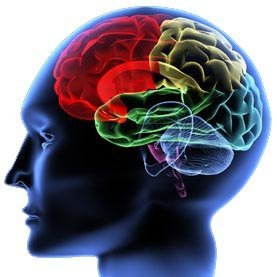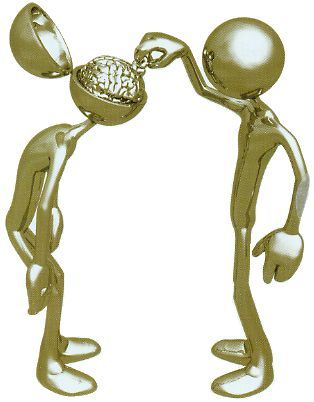The Marketer’s Cocktail: Blending Psychology with Big Data

Is Big Data Really the Be All and End All?
This was a banner week for great Data related content, but arguably the best article of the week was nothing to do with Data at all! Entitled “The Science of Emotion in Marketing: How Our Brains Decide What to Share and Whom to Trust”, and written by Courtney Seiter for Buffer, this very important, must read article is the perfect companion piece to any Marketing strategy, whether Data-centric or not.
As a proponent of Big Data usage in marketing strategies, this article has reminded me of something that happened while I was on a Quality Assurance consulting assignment some time back. You will be happy to know I have no intention of relating the story in any fine details. Suffice to say, whereas the programmer spent two hours using the tricks of his trade in order to locate the exact nature of a problem I had discovered, I looked at the raw data for 5 minutes- no tools, just my eyes – and found the solution.
My point? Don’t get hung up on the tools at the expense of good old fashioned investigation, or, in this case, looking for something using Big Data when actually, a large part of the answer may lie in basic psychology.
 The quoted article discusses many aspects of how emotions govern what is shared, but most relevant to the needs of those likely to be reading this article, is the portion on Marketing and Emotion.
The quoted article discusses many aspects of how emotions govern what is shared, but most relevant to the needs of those likely to be reading this article, is the portion on Marketing and Emotion.
Courtney mentions an analysis of 1400 Case Studies of successful advertising campaigns, conducted by IPA dataBANK.
Strikingly, it found the following:
16% of campaigns that used a purely rational strategy reported very large profit gains as a result.
That’s great, right? Not so fast!
31% of campaigns that used a purely emotional-based strategy reported those results.
In other words, the major success is almost twice as likely when hitting the right emotions as opposed to aiming towards the intellect of the buyer.
So while we Data Geeks are busy trying to determine patterns in your data that stands one strategy above another, the answer may be as simple as whether you made your prospective customer feel emotion through your campaign.
Want a little more proof from elsewhere?
How about this article, titled “Study on engagement in Social Media Marketing” by Beholve. It sampled 30,000 businesses, detailing the days and times when their Likes and Retweets were at their greatest and which types of content produced the most likes. No prizes for guessing photos beat text in this stat, but by 57% to 7%?
This Facebook and Twitter engagement Wordmap, courtesy of Beholve, certainly seems to support the Courtney Seiter’s article on emotions. Look at a few of these: Happy, Like, Summer, Love., Us, Help, Share.
To turn this back towards Data, we all know most people are drawn to graphs and pie charts as opposed to words. A few lines showing a pleasing statistic beats any number of lines of dry narrative on the same.
We will continue looking at raw data and seeking patterns – we must continue as there is so much to be found – but perhaps we need to consider basic psychology before we even need to look at the numbers. Ultimately, whereas the Universe may be explained by mathematics, we Humans are somewhat simpler to figure out. It would appear that making your prospective customers happy and finding ways of presenting Data in images are the basic fundamentals in engagement and conversion, and Big Data is the method for fine tuning beyond those building blocks.
Food for thought, my fellow Data Geeks?
Attribution of images:Featured Image: http://www.alibaba.com
High Tech image: http://ibsindia.org/blog/wp-content/uploads/2012/05/changingminds.jpg
Wordmap by Beholve
Andy Capaloff
Latest posts by Andy Capaloff (see all)
- The Art of Asking Questions [Interactive] - October 17, 2023
- The Metaverse Is Not Dead. It’s Resting! - September 6, 2023
- How Can You Hire For Jobs That Nobody Has Experience In? Aptitude! - June 13, 2023


